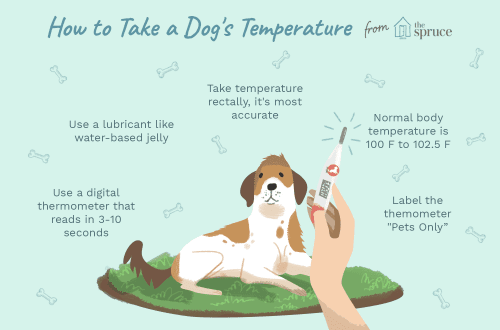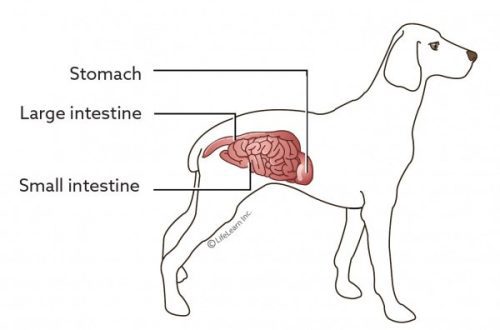
Liver disease in dogs and cats
The rapid development of diagnostics and medicine has shown that liver diseases in cats and dogs are much more common than previously thought. In many cases, they accompany ailments of other organs: the stomach, intestines, kidneys, and are not always diagnosed in a timely manner. Knowing the main symptoms and causes of liver problems will help the owner to respond quickly and protect the health of the pet.
The liver is a kind of “filter” of the body, which is involved in all metabolic processes and filters out toxic substances. It is responsible for the metabolism of hormones, proteins, carbohydrates, fats and vitamins, produces bile for digestion of food, and provides a protective function. Any disturbances in the functioning of the liver affect the entire body. However, unlike other organs, the liver has the ability to regenerate and has a huge reserve. In the event of a lesion, it continues to perform its functions to one degree or another, and the initial stages of the disease are easy to miss.
Contents
What liver diseases do dogs and cats have?
Topping the list of the most common liver diseases in cats and dogs are:
liver failure,
chronic hepatitis,
liver fibrosis,
hepatic encephalopathy,
piroplasmosis.
Each disease has its own nature and symptoms, but many of the symptoms may be similar. Without special education, even the most attentive and well-read owner will not be able to determine what exactly his pet is sick with.
The diagnosis is established only by a veterinarian.

Causes of
Liver diseases can be hereditary, as well as stem from autoimmune pathologies and problems with endocrinology: diabetes mellitus, various neoplasms, etc.
However, the most common reasons are:
– poor quality and unbalanced nutrition,
– long-term use of drugs that put a load on the liver (hepatotoxic effect),
– infectious diseases: bacterial or viral,
— worm infestation,
– cardiac disorders.
Liver disease can develop in cats and dogs of all breeds, regardless of age and general health.
Symptoms of Liver Disease in Cats and Dogs
Common signs include:
loss of appetite or complete refusal to feed,
nausea: vomit may contain bile or mucus,
intense thirst,
dry mucous membranes,
increased gas production
weakness,
weight loss,
yellowness of the mucous membranes.
Having found at least one of the symptoms, the responsible owner should already sound the alarm and take the pet to a specialist.
Depending on the specific disease, specific ones are added to the general symptoms: discoloration of urine and feces, dermatitis, hemorrhages, etc.
All these manifestations are very dangerous. Timely contact with the veterinary clinic, prompt diagnosis and therapy can save the pet’s life.
Diagnosis, treatment and prevention
The problem is diagnosed by a veterinarian based on physical examination, clinical and biochemical blood tests, stool, urine and liver ultrasound.
Unfortunately, chronic forms of liver disease cannot be completely cured. Therapy will be aimed at stopping the development of the disease and alleviating the symptoms.
The treatment regimen depends on the specific type of disease. Along with drug therapy, it includes a therapeutic diet and regular health monitoring. A cat or dog with liver disease is prescribed regular blood tests and liver ultrasound to monitor and suppress periods of relapse in a timely manner.
Prevention of liver problems consists of following the rules for caring for a pet, high-quality balanced feeding and preventive examinations by a veterinarian at least once a year.
Preventing a disease is easier than curing it. If all owners made it a rule to contact veterinary clinics not only in case of a problem, but also for prevention purposes, there would be much less cats and dogs with chronic diseases!
What to feed a dog and a cat with liver diseases?

A special diet is a mandatory component of the treatment of liver diseases. In most cases, the liver experiences an increased load just because of malnutrition, and if the problem already exists, the situation needs to be corrected as soon as possible. It is impossible to neglect the diet or observe it “in a slipshod manner”, otherwise treatment with even the best drugs will be ineffective.
The therapeutic diet for a pet is selected by a veterinarian based on the nature of the disease, the condition of the animal and the history. The main purpose of the diet is to supply the body with a full range of nutrients, support liver function and promote its regeneration. An example is Monge VetSolution Hepatic, a therapeutic diet for pets with liver disease. It contains milk thistle, part of the patented FitAroma complex, to create a special approach to the treatment of liver diseases. It is prescribed for liver failure, chronic hepatitis, piroplasmosis, jaundice, fibrosis, etc.
Therapeutic diets have contraindications. It is important to strictly follow the doctor’s recommendations.
The main thing at stake is the health, and, possibly, the life of your pet. Don’t let me down!





